Perhaps you already heard the news and your jaw already dropped as mine did when I read it in the Rhine Main Presse newspaper of April 22nd. The Tesch estate of Langenlonsheim/Name has left the elite VDP wines estates’ association of Germany. That daring decision was made by Dr. Martin Tesch, pictured above during my tasting of his 2012 and 2013 wines yesterday in his HQ.
It was an extremely interesting tasting. Almost the entire wine scene and nearly all the critics have long-since switched their focus from the 2012 wines to the 2013s, but the dry Rieslings from Tesch are marathon runners who never sprint off at the beginning of the race like many other wines, instead maintaining a steady pace throughout the race, slowly, but steadily, moving through the pack and towards the front of the field. The sole problem for Tesch during recent years has been the unwillingness of many people in the wine media, trade and scene to recognize this fact. Continuing with the athletic metaphor, for them the only races that really count are the 100 and 200 meters, and occasionally the 400 meters. All too often this is about rapidly and clearly demonstrating their own importance, rather than finding out about the wines’ potential. The dry wines of Müller-Catoir of Neustadt-Haardt/Pfalz, suffer in the way, so this isn’t only a problem for Tesch.
But enough of metaphors, what about the wines? Tesch’s six dry 2012 Rieslings (Unplugged plus the five single vineyard wines) were obviously hard for some professional tasters to make sense of a year ago, but now they are an extremely impressive group. How many wines out there have this strength of personality and an excellent harmony, in spite of being bone dry? Very few. Following the general tendency of the new vintage, his 2013s are slightly more acidic and much less ready to drink. My guess is that their potential will also be misjudged, but that they are almost as good as the 2012. The other strength of the Tesch wines is their great consistency.
Tesch switched completely to bottling with Stelvin Luxe screwcaps instead of corks with the 2005 vintage. So it is logical for him to think of vertical tastings like the one of his dry Riesling from the Karthäuser site of Laubenheim in terms of 2005 to the latest vintage. That is exactly the row of wines he put in front of me, and it was a most remarkable row too. You see, although the differences between the vintages (particularly between the cool vintages and warm ones) were striking every single wine impressed. I can’t remember the last time that a leading German Riesling producer poured a 2006 vintage wine for me (what I tasted from my own cellar tells me many of them have aged prematurely because of a negative Botrytis character), but Tesch’s 2006 Karthäuser was still in good shape and a real pleasure to drink. 2008 was a problematic year for entirely different reasons, generally having an even more aggressive acidity then 2013. Tesch’s 2008 Karthäuser was remarkable polished for a wine of this vintage. I just wish I’d had the time to taste through the wines after the bottles had been open another few hours, because I feel sure that the wines would have become even more interesting then.
Tesch’s decision to reach for the ejector seat button will no doubt lead to another round of “Tesch bashing”, but frankly I think that would probably have happened anyway. However, it throws up a string of questions for the VDP, particularly for its Nahe group which is now down to just 9 members. The most important of these is whether the Nahe is really such a weak wine region that there are only 9 top producers there? I think an official answer to that question is necessary.
PS There was an amazing comment on this story by Justin Christoph which I gladly give here in full:
There’s Pradikats on the street
Kab, Spat, and Auslese
People shufflin’ their feet
Sussreserve in their shoes
But there’s a Government Warning Label
on the bottle in my hand
There’s a lot of people sayin’
we’d be better off dry
Don’t feel like Parker,
but I am to them
So I try to drink it,
Any way I can.
Keep on Trocken in the free world,
Keep on Trocken in the free world,
I see a woman in the night
With a bottle in her hand
Under an old street light
Wine made in a garbage can
Now she puts the Sancerre away,
and she’s gone to get a hit
She hates her wine,
and what they’ve done to it
There’s one more wine
that will never be made in school
Never get to fall apart,
never get to be cool.
Keep on Trocken in the free world,
Keep on Trocken in the free world,
We got a hundred points of right
For the Blaufranksich man
We got a kinder, gentler,
Machine gun Wine Spectator
We got department stores
Selling wines and toilet paper
Got Monsanto GMOs
for oozing into every layer
Got a blogger of the people,
says stay dry to keep hope alive
Got alcohol to burn,
got roads to drive.
Keep on Trocken in the free world,
Keep on Trocken in the free world

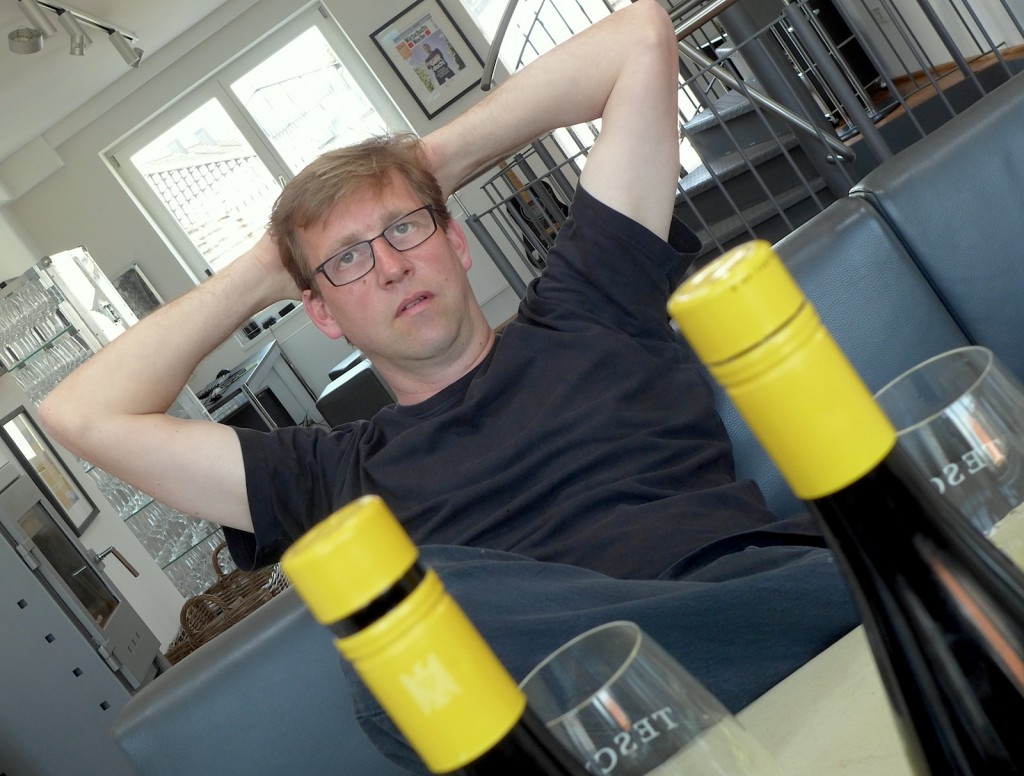
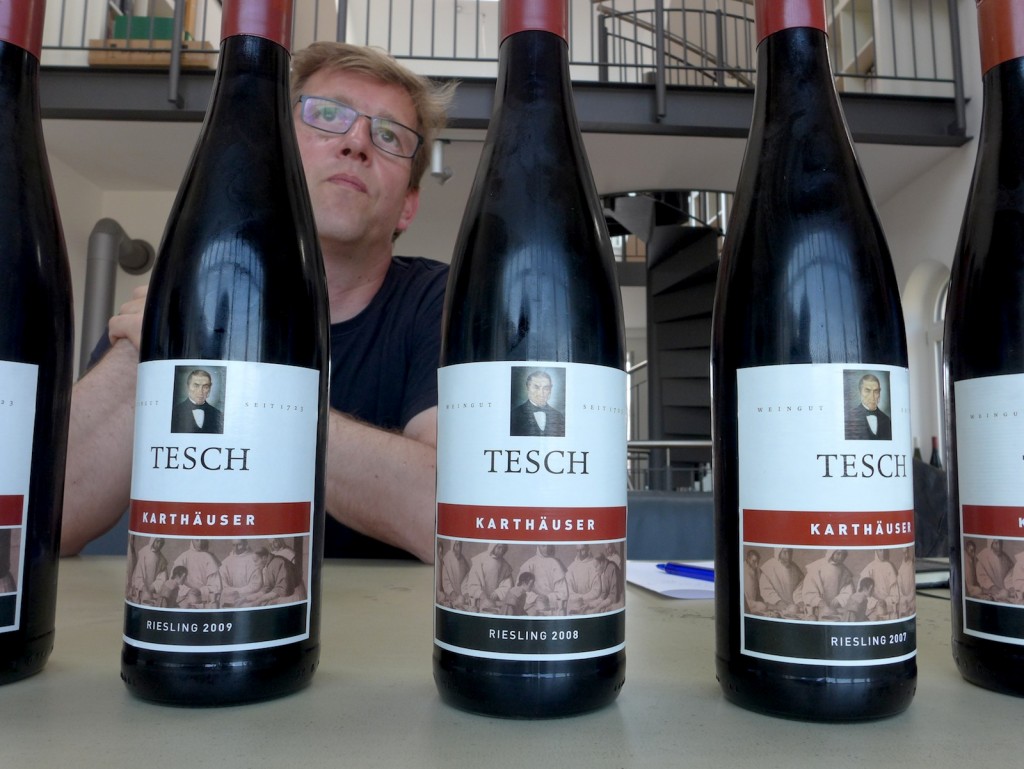
![120114_riesling_global_RZ [1600x1200]](http://www.stuartpigott.de/wp-content/uploads/2014/04/120114_riesling_global_RZ-1600x12008.jpg)
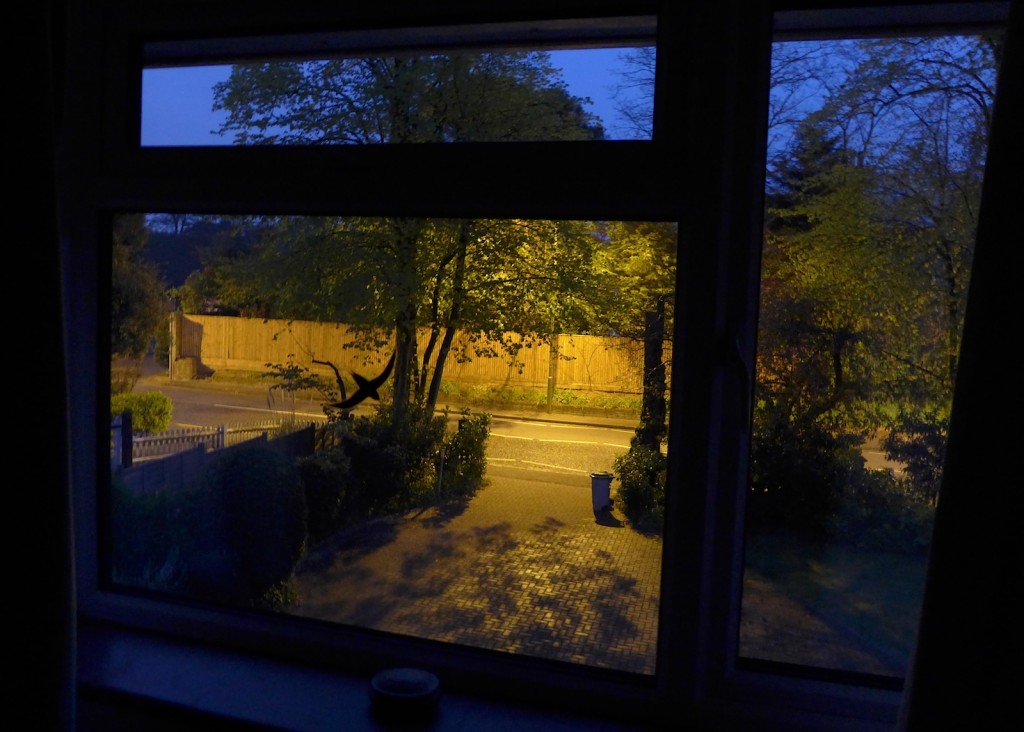
![120114_riesling_global_RZ [1600x1200]](http://www.stuartpigott.de/wp-content/uploads/2014/04/120114_riesling_global_RZ-1600x12007.jpg)
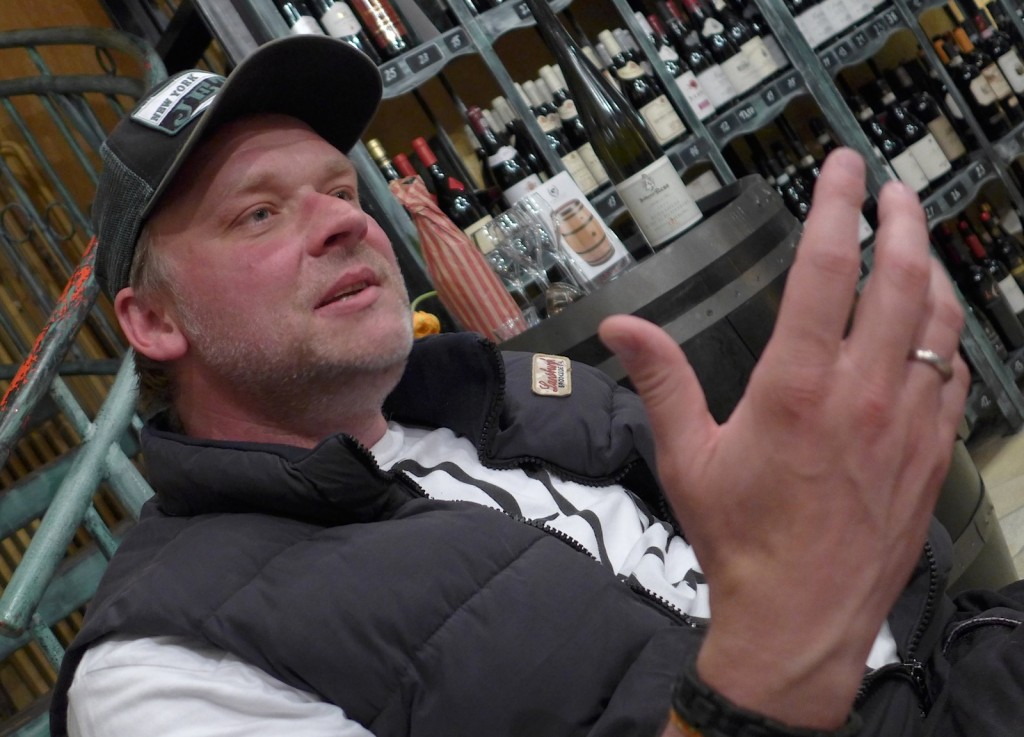
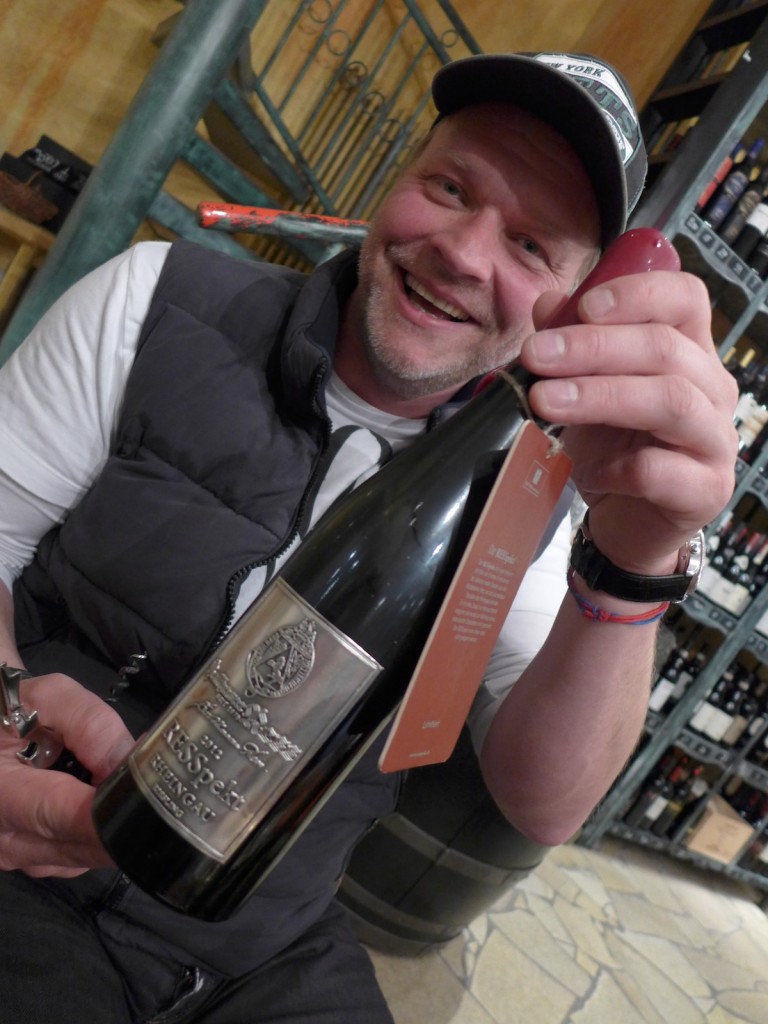
![120114_riesling_global_RZ [1600x1200]](http://www.stuartpigott.de/wp-content/uploads/2014/04/120114_riesling_global_RZ-1600x12006.jpg)
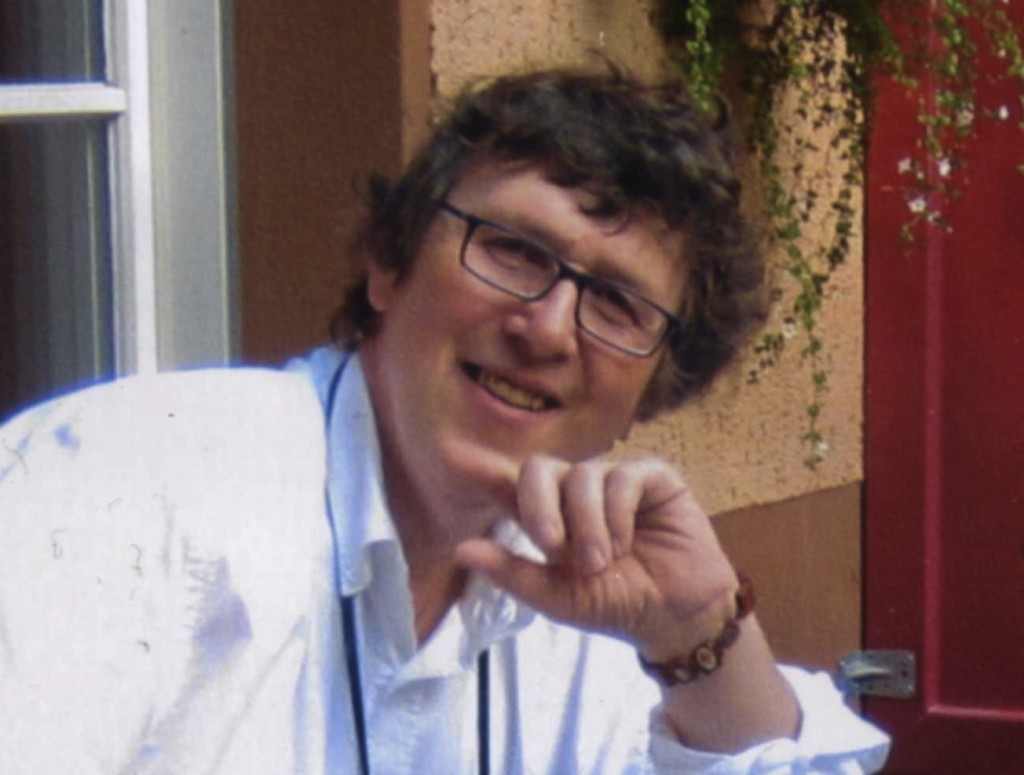
![120114_riesling_global_RZ [1600x1200]](http://www.stuartpigott.de/wp-content/uploads/2014/04/120114_riesling_global_RZ-1600x12005.jpg)
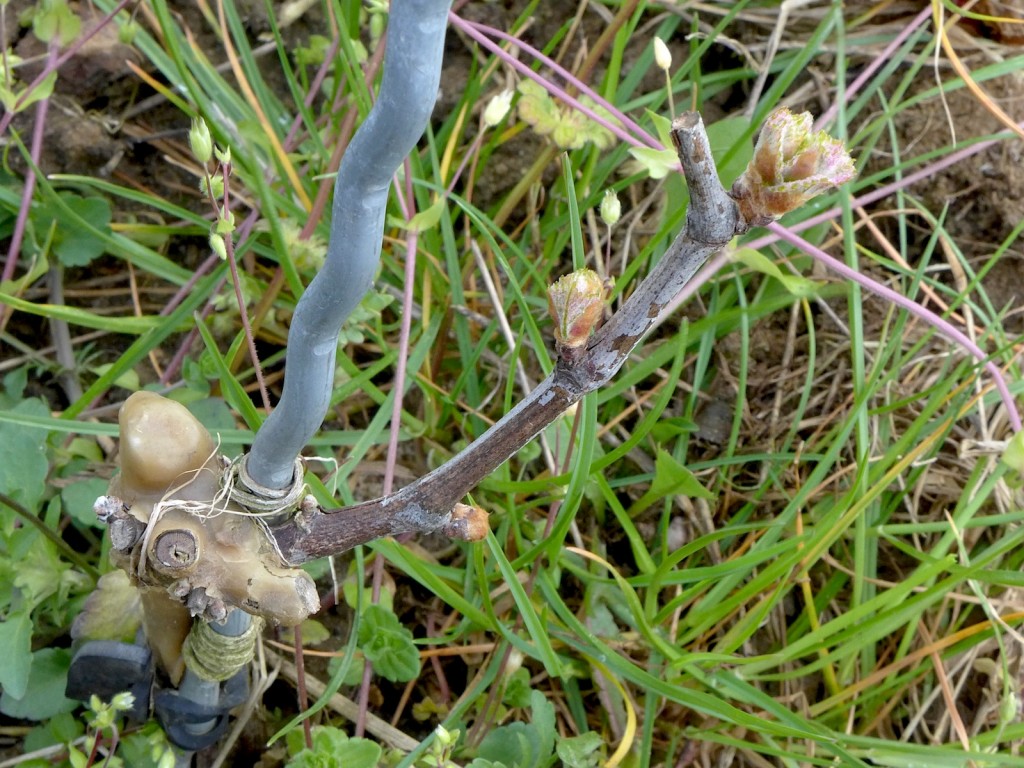
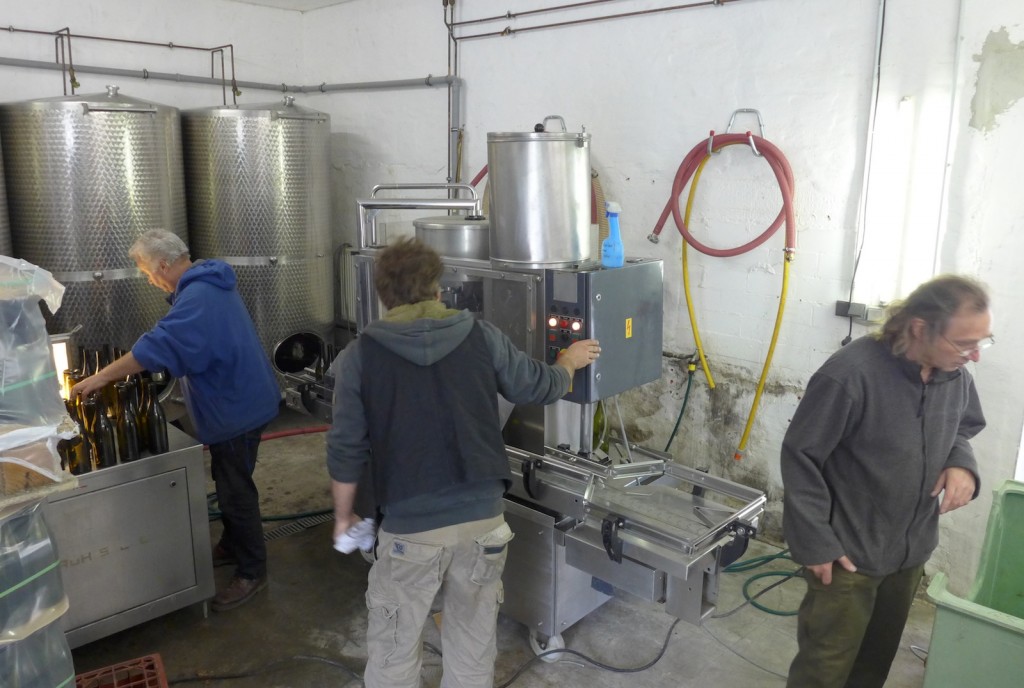
![120114_riesling_global_RZ [1600x1200]](http://www.stuartpigott.de/wp-content/uploads/2014/04/120114_riesling_global_RZ-1600x12004.jpg)
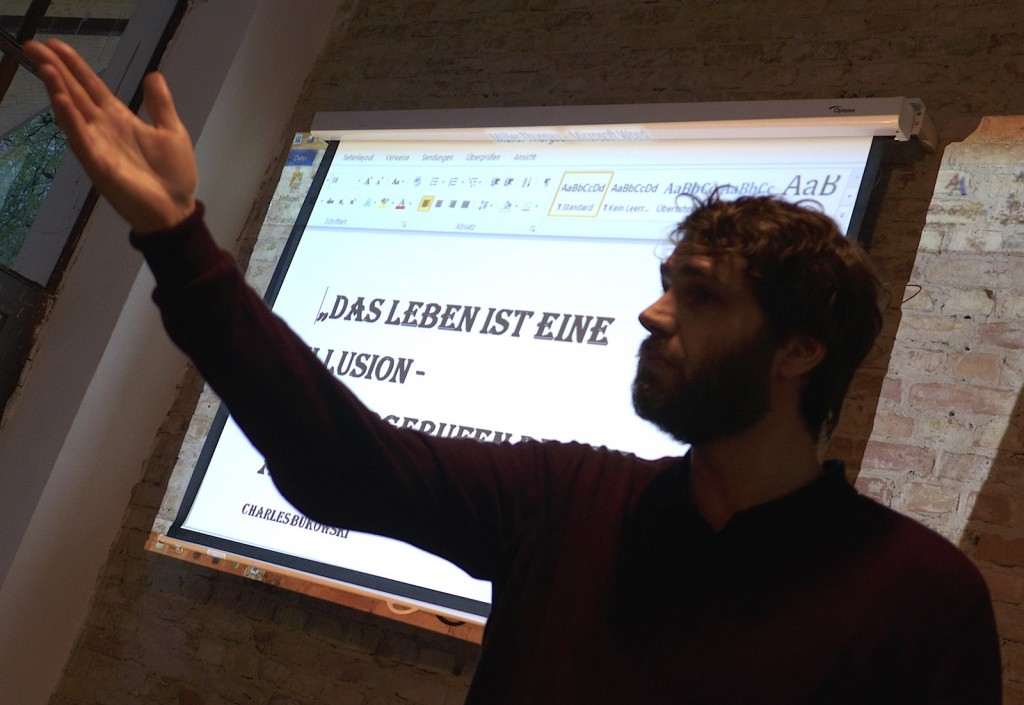

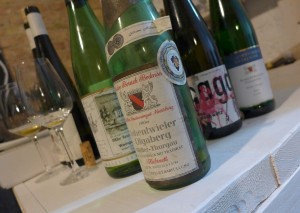
![120114_riesling_global_RZ [1600x1200]](http://www.stuartpigott.de/wp-content/uploads/2014/04/120114_riesling_global_RZ-1600x12003.jpg)
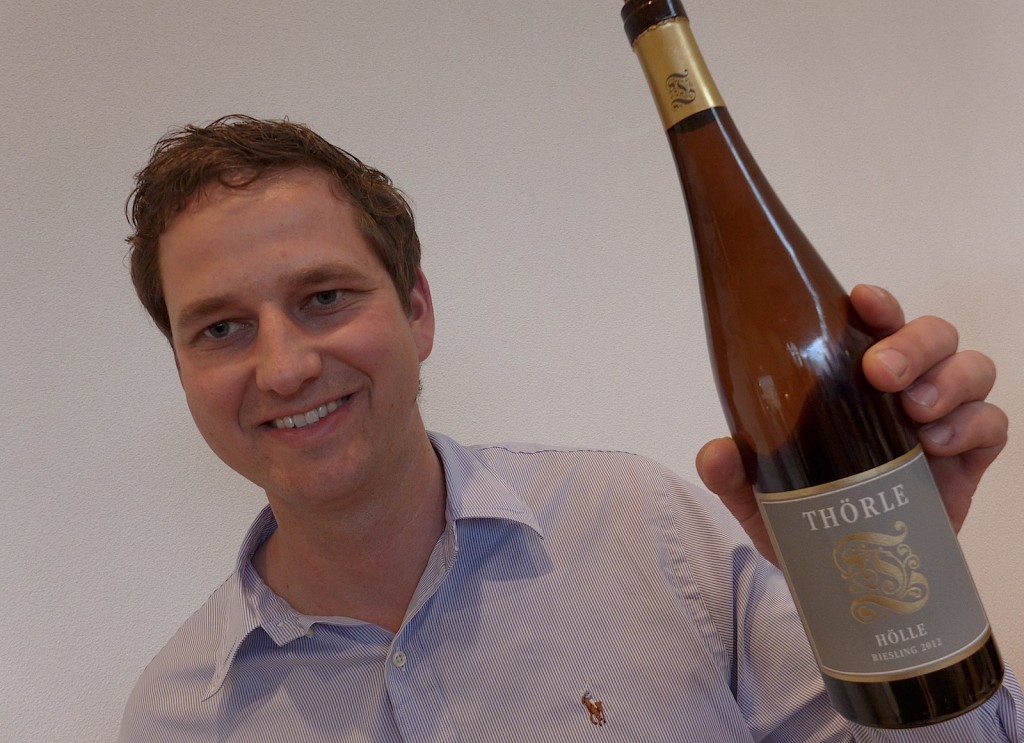
![120114_riesling_global_RZ [1600x1200]](http://www.stuartpigott.de/wp-content/uploads/2014/04/120114_riesling_global_RZ-1600x12002.jpg)
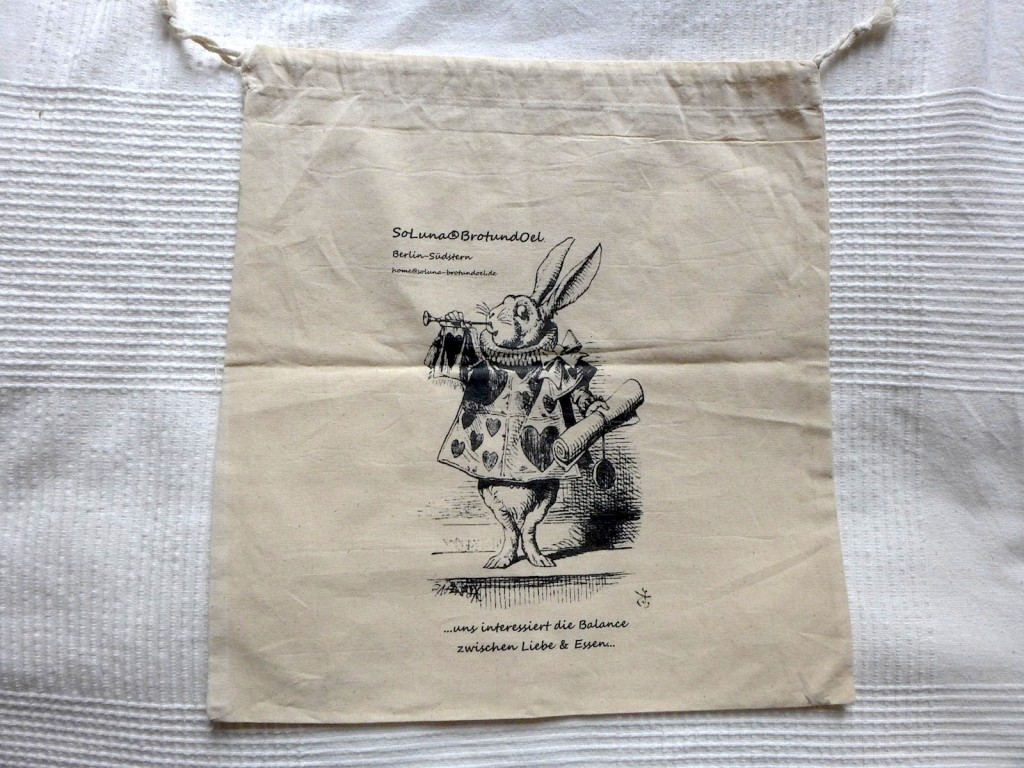
![120114_riesling_global_RZ [1600x1200]](http://www.stuartpigott.de/wp-content/uploads/2014/04/120114_riesling_global_RZ-1600x12001.jpg)
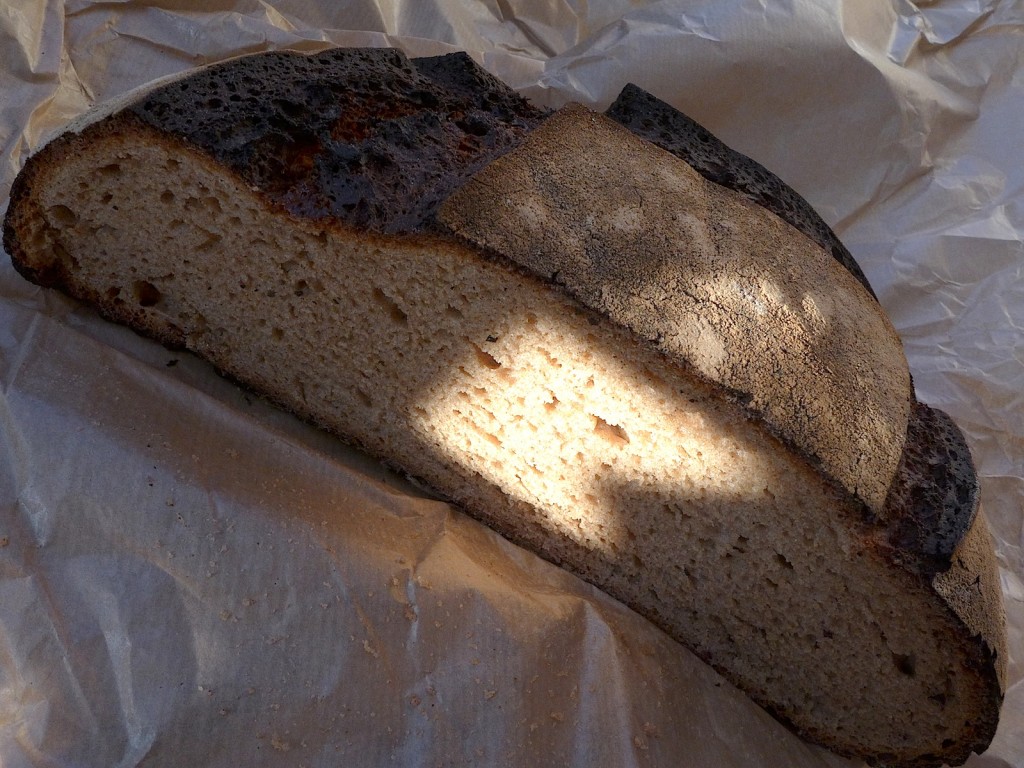
![21082011079 [1600x1200]](http://www.stuartpigott.de/wp-content/uploads/2014/04/21082011079-1600x1200-300x224.jpg)
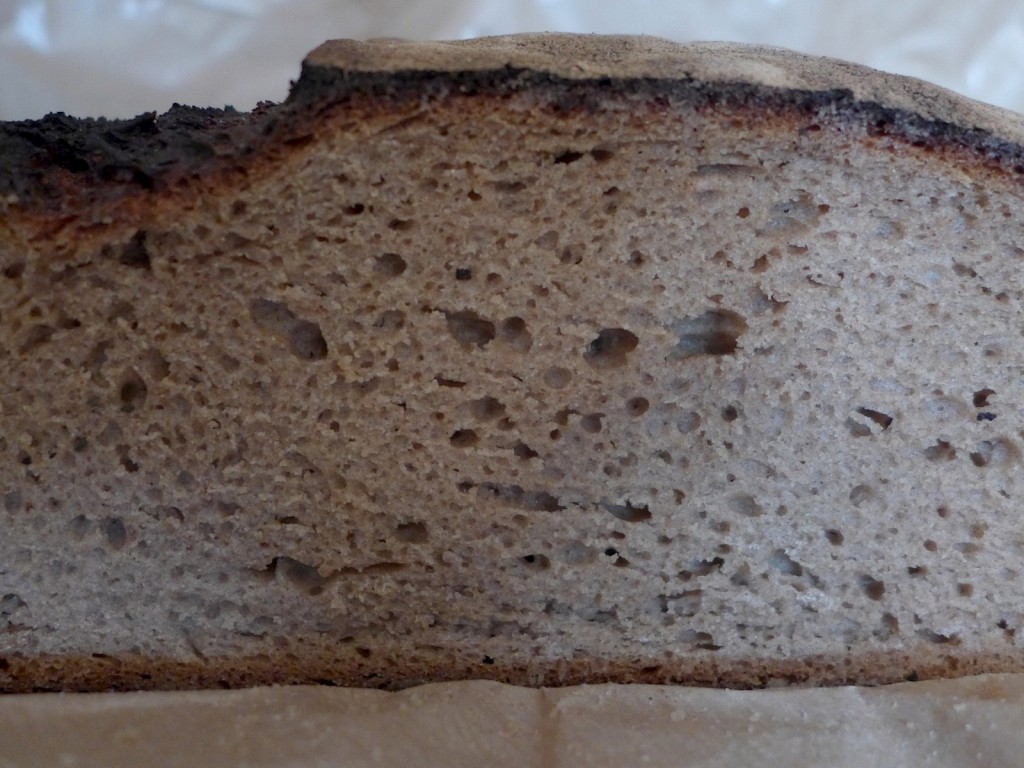
![120114_riesling_global_RZ [1600x1200]](http://www.stuartpigott.de/wp-content/uploads/2014/04/120114_riesling_global_RZ-1600x1200.jpg)
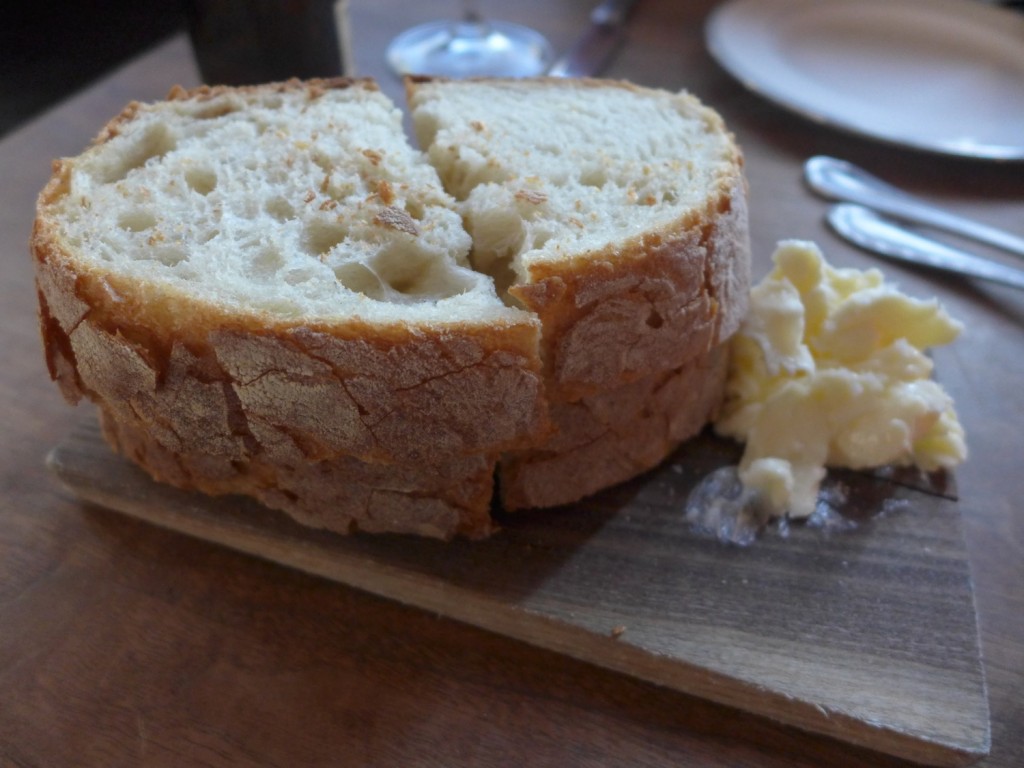
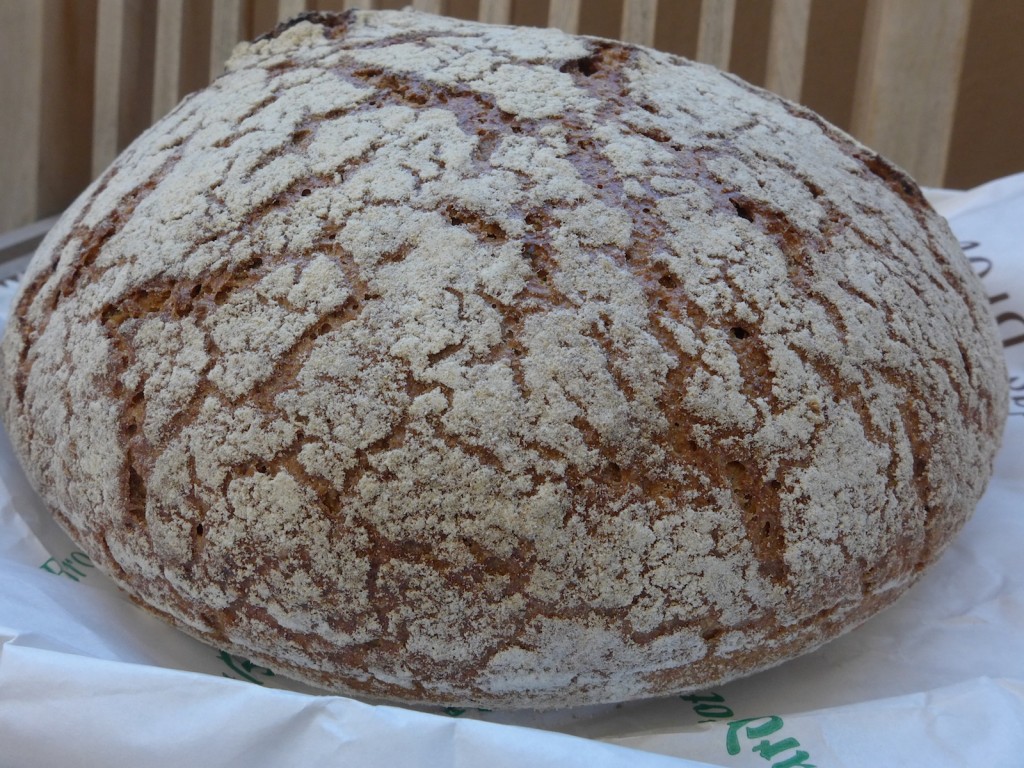
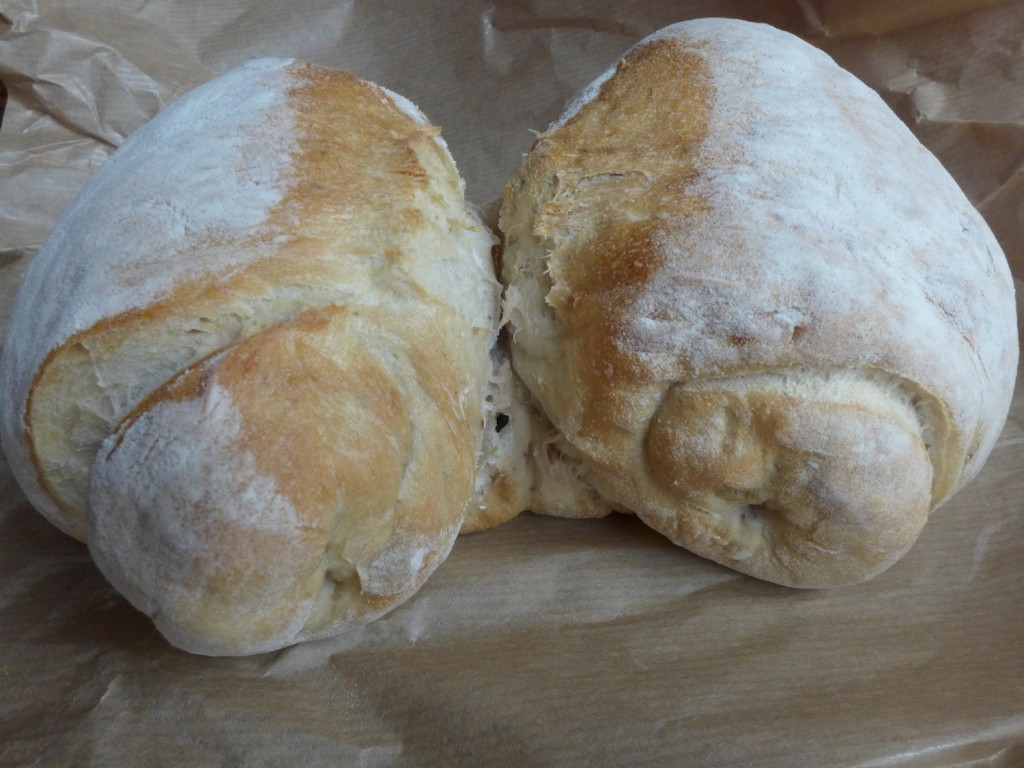
![120114_riesling_global_RZ [1600x1200]](http://www.stuartpigott.de/wp-content/uploads/2014/03/120114_riesling_global_RZ-1600x120012.jpg)